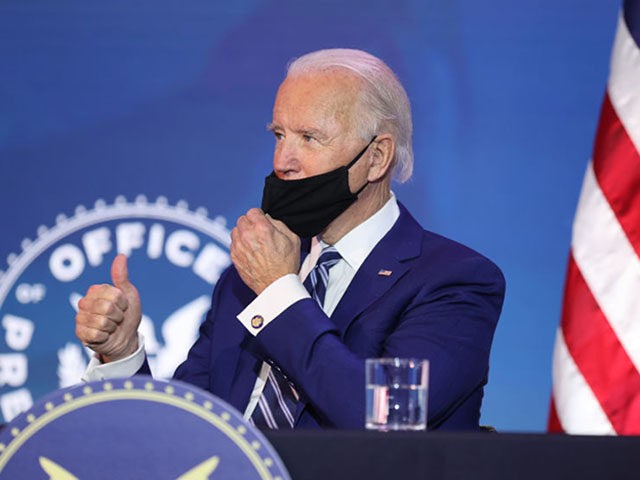The World Health Organization (W.H.O.), on the day President Joe Biden took office, released a notice to laboratories worldwide to clarify information previously provided by the W.H.O. about coronavirus testing.
On Inauguration Day, the W.H.O. issued the new notice for the commonly used PCR testing in the form of a “medical product alert,” indicating that an asymptomatic patient who comes out “weak positive” may need to take a second test.
The next day, Dr. Anthony Fauci, the top infectious disease expert in the U.S. government, revealed that his new boss, Biden, had signed a letter to rejoin the organization.
In July 2020, Trump withdrew from the W.H.O. for helping China hide the severity of the coronavirus that originated within its borders during the disease’s early stages, allowing it to spread to the world.
Independent assessments by media outlets and a recently released report commissioned by the W.H.O. itself have confirmed Trump’s reasons for pulling out of the international body.
On Tuesday, the W.H.O advised laboratories that a single PCR test, considered the “gold standard” by health officials, might no longer be enough, noting that an asymptomatic person who tests positive may need a second test for confirmation.
“Where test results do not correspond with the clinical presentation, a new specimen should be taken and retested using the same or different [PCR test],” W.H.O. officials wrote. W.H.O. officials now say that the PCR tests that have been used across the U.S. and elsewhere to detect coronavirus infections are a mere “aid for diagnosis,” adding:
Therefore, health care providers must consider any result in combination with timing of sampling, specimen type, assay specifics, clinical observations, patient history, confirmed status of any contacts, and epidemiological information.
W.H.O. officials now explain:
[D]isease prevalence alters the predictive value of test results; as disease prevalence decreases, the risk of false positive increases. …. This means that the probability that a person who has a positive result (SARS-CoV-2 detected) is truly infected with SARS-CoV-2 decreases as prevalence decreases, irrespective of the claimed specificity.
SARS-CoV-2 is the official name of the coronavirus.
An assessment carried out by an independent international panel established by the W.H.O. determined this month that both China and the U.N. entity fumbled their response to the virus during the early stages of the outbreak, as Trump suspected.
Before Trump pulled out of the W.H.O., the United States was the agency’s top contributor but had less clout than China, which provided the U.N. with substantially less funding.
Editor’s Note: Our initial article asserted that the W.H.O. Information Notice changed the testing criteria and may result in fewer positive diagnoses. This is not the case, and we’ve corrected the story and headline.

COMMENTS
Please let us know if you're having issues with commenting.